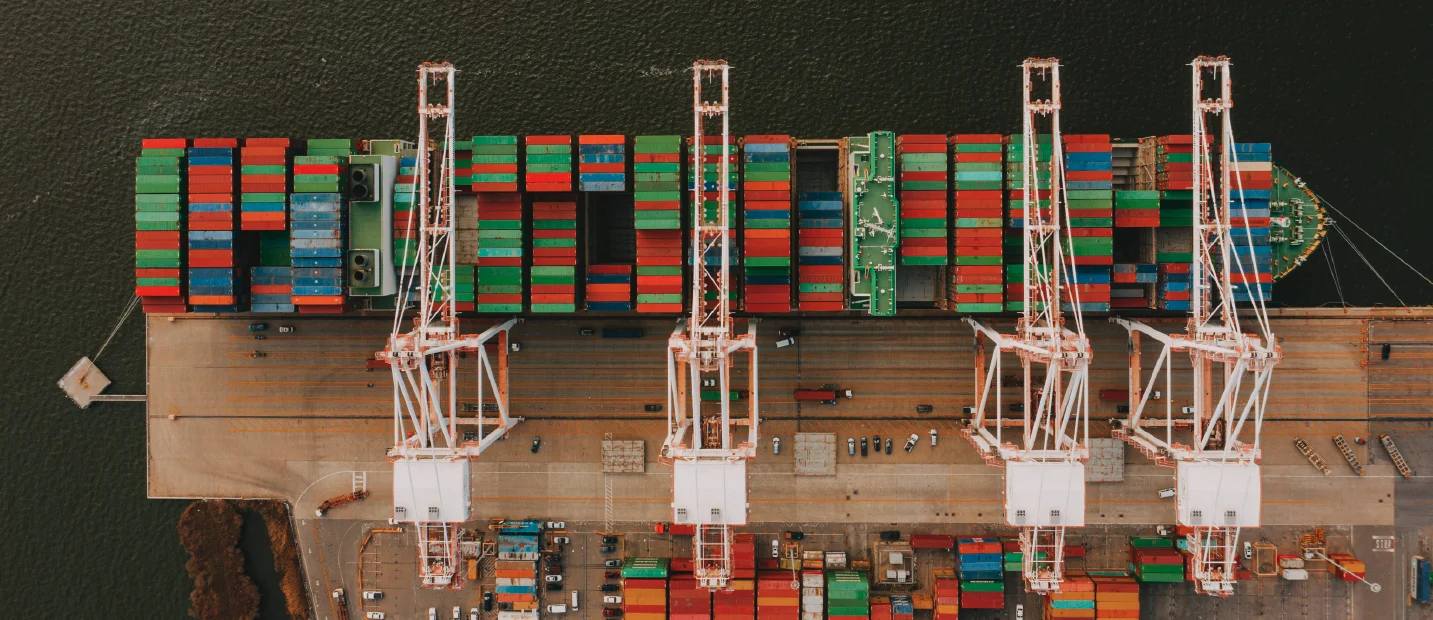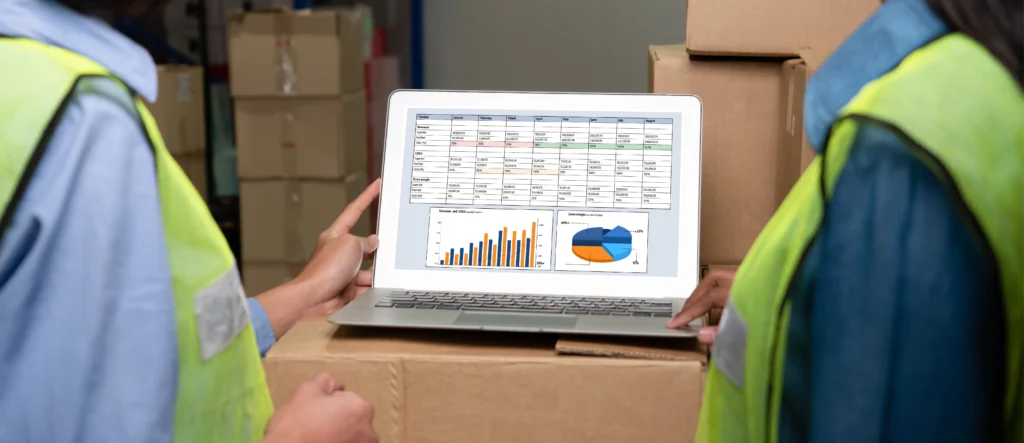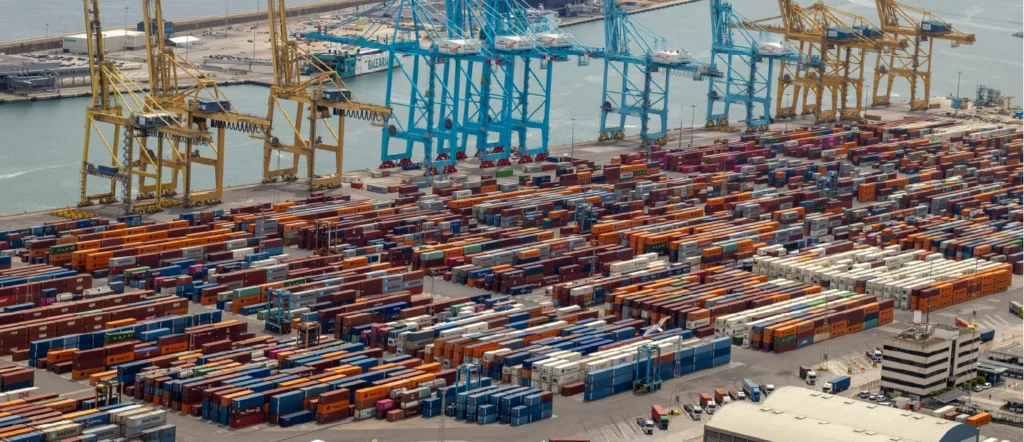In the dynamic world of international trade, international logistics emerges as the backbone that drives the movement of goods across borders. International logistics refers to the management and coordination of the efficient planning, implementation and control, storage of goods, services and related information from the point of origin to the point of consumption, sometimes across international borders. This process includes several activities, such as:
- International Transportation: Includes land, sea, air and multimodal transportation to move goods between different countries.
- Customs and Regulations: Management of customs procedures, compliance with country-specific rules and regulations.
- Inventory Management: Control and management of inventory levels in different international locations.
- Packaging and Handling: Ensure that products are adequately packaged for international transport and handling.
- Documentation: Management of essential documents such as commercial invoices, packing lists, certificates of origin, bills of lading, among others.
- Warehousing and Distribution: Management of warehouses and distribution centers in different countries.
- Insurance and Risk Management: Insurance contracts to protect goods against possible risks during international transport.
- Technology and Information Systems: Use of information systems and technology to track and manage the movement of goods globally.
- International Supplier and Customer Relations: Effective coordination and communication with suppliers and customers in different countries.
- Cost and Time Optimization: Strategies to reduce costs and improve efficiency in the international supply chain.
International logistics is crucial to global trade and requires in-depth knowledge of international laws and regulations, as well as skills in planning and coordination to ensure that products reach their final destination safely, on time and cost-effectively.
How to manage non-conforming products?
In a globalized world, international logistics has become the engine of international trade. Its impact is incalculable, let's take a look at the following key points:
- Efficiency and cost reduction: Optimized logistics reduces transportation, warehousing and distribution costs, making products more competitive in the global marketplace.
- Customer satisfaction: Timely and undamaged delivery of products is crucial to customer satisfaction, which generates loyalty and a competitive advantage.
- Access to new markets: Efficient logistics enables companies to expand into new international markets, increasing their sales and business opportunities.
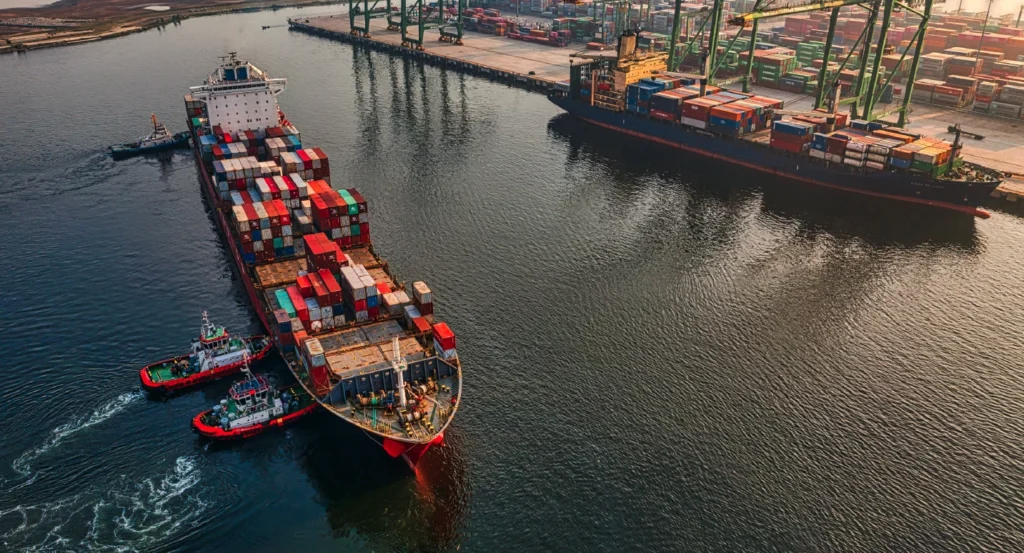
You might be interested in: Learn I 7 disruptive technologies that are revolutionizing the logistics industry.
Why is international logistics so important today?
- Drives global trade: International logistics is the backbone of international trade. It enables companies to export their products to new markets, opening up a world of opportunities and generating economic growth.
- Reduce costs and increase efficiency: Well-designed logistics optimizes the transportation, storage and distribution of goods, which translates into lower costs for companies and more affordable prices for consumers.
- Meet the demands of the global market: Today's consumers are more discerning and demand high-quality products at competitive prices. International logistics plays a crucial role in meeting these demands, ensuring that the right products get to the right place at the right time.
- Strengthens supply chains: In a globalized world, supply chains are becoming increasingly complex and interconnected. International logistics is essential to manage these chains efficiently, ensuring that there are no interruptions in the flow of goods.
- Promotes economic development: International logistics contributes to the economic development of nations by generating employment, encouraging investment and stimulating GDP growth.
Imagine that your smartphone, that indispensable device in your daily life, could not have reached your hands without international logistics. From the extraction of raw materials to final assembly and global distribution, each step in the manufacturing of your phone required meticulous and efficient logistics.
International logistics process
The key steps that turn a simple commodity into a globally accessible product are as follows:
Planning and organization
Every journey begins with a plan, and in international logistics, this plan is meticulous. A logistics expert analyzes the origin and destination of the goods, the type of product, the volume, the value and the customer's specific requirements. With this information, he or she designs the optimal route, selecting the most suitable means of transport (sea, air, land or a combination) and defining delivery times.
2. Selecting the right transport
The world is our stage, and the means of transportation are our allies. A logistics expert masters the art of combining sea, air, road and even rail transport, creating the most efficient and cost-effective route for each shipment. Each mode of transport has its advantages: sea is ideal for large volumes at low cost, air for urgent shipments, road for short distances, and rail for safety and efficiency on specific routes.
3. Documentation and customs formalities
Navigating the maze of customs regulations and requirements is a breeze for an international logistics expert. He ensures that each shipment complies with each country's rules and procedures, avoiding delays, penalties and even confiscation of the goods. Documents such as the commercial invoice, certificate of origin, packing list and necessary permits are carefully prepared and submitted to customs authorities.
4. Storage and distribution
Goods need a temporary home on their international journey. A logistics expert manages strategically located warehouses, ensuring safety, temperature and humidity control suitable for each type of goods. From there, final distribution is orchestrated, either directly to the end customer or to regional distribution centers for onward delivery.
5. Risk management and insurance
The world is full of unforeseen events, but an international logistics expert is prepared for anything. He implements strategies to mitigate risks, such as adverse weather conditions, unexpected delays, damage to goods or even political risks. In addition, he protects his clients' interests with appropriate insurance policies that cover loss or damage during transport.
6. Tracking and traceability
In the digital age, information is power. A logistics expert uses tracking and tracing systems to monitor the movement of goods in real time, from their origin to their final destination. This allows customers and the company itself to have complete visibility of the process, anticipating potential problems and making informed decisions.
7. The final delivery
The moment of truth has arrived: the goods arrive at their final destination in optimum condition. A logistics expert ensures that the delivery is carried out efficiently and safely, meeting the agreed deadlines and satisfying the customer's expectations.
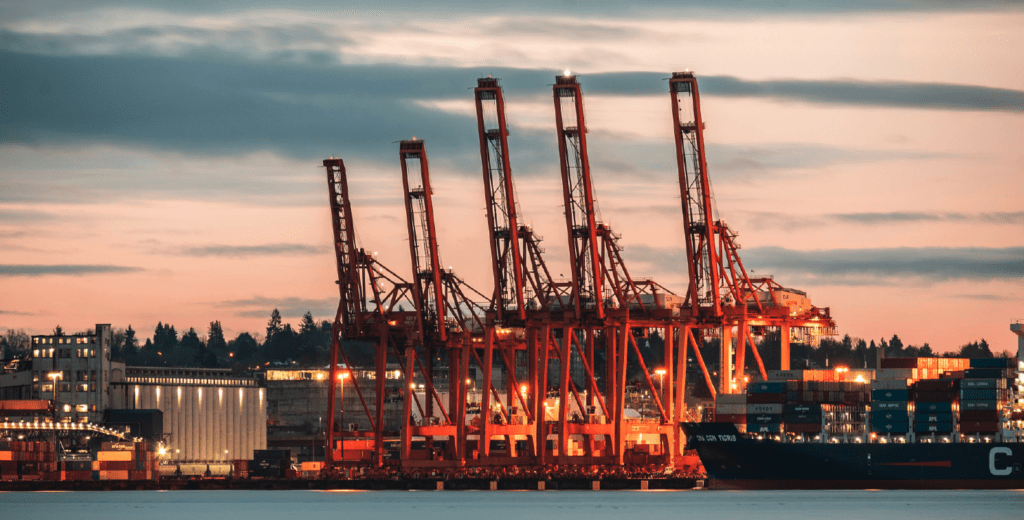
Also read: NOMs Quality and Safety
Means of transport in international logistics
In the world of international logistics, transportation is an essential part. It is responsible for moving goods across borders and continents, connecting producers with consumers and ensuring that global trade flows without interruption. Here are the four main modes of international transportation and their distinguishing features:
| Maritime transportation | Ideal for: Large volumes of products at low cost, such as raw materials, machinery, grains and chemicals. Advantages: High load capacity, efficiency on long routes, low cost per ton transported. Disadvantages: Slow, longer transit times, less flexible for route changes. Examples: Container ships, bulk carriers, tankers. |
| Air transportation | Ideal for: High-value or perishable goods requiring speed, such as electronics, pharmaceuticals, fresh food and urgent parts. Advantages: Speed, safety, ideal for long distances and access to remote markets. Disadvantages: High cost per ton transported, lower cargo capacity, size and weight restrictions. Examples: Cargo aircraft, commercial flights with cargo hold. |
| Ground transportation | Ideal for: Short and medium distances, regional transport, final distribution and access to remote areas. Advantages: flexibility, accessibility to rural areas, possibility of door-to-door deliveries. Disadvantages: variable cost depending on distance and type of transport, vehicle congestion, higher environmental impact. Examples: Trucks, trains, vans, multimodal transport (combination of truck, train and/or ship). |
| Rail transport | Ideal for: Large volumes of products over medium to long distances, transport of heavy or hazardous cargo. Advantages: Efficiency on long routes, low environmental impact, intermediate freight capacity between sea and land. Disadvantages: Less flexible than land transport, less network coverage, depends on existing rail infrastructure. Examples: Freight trains, intermodal transport (combination of train and truck/ship). |
Choosing the right means of transportation
The decision on which mode of transport to use depends on several factors, such as the type of product, volume, urgency, budget, distance, regulations and available infrastructure on the route. Careful analysis of these factors is required to select the option that optimizes efficiency, cost and customer service.
Beyond traditional media.
In the era of innovation, international logistics also explores new frontiers of transportation, such as:
- Multimodal transport: Combination of two or more modes of transport to take advantage of the benefits of each.
- Urban micro-mobility: Use of small, electric vehicles for last-mile deliveries in congested urban areas.
- Drones: Delivery of small packages to remote or hard-to-reach areas.
The future of international logistics
International logistics is being shaped by several trends and technological advances that promise to transform the way global supply chains operate. Here are some of the major trends and developments expected in the field of international logistics:
Digitalization and Automation:
- Artificial Intelligence (AI): Use of AI to improve decision making, optimize transportation routes and manage inventories.
- Internet of Things (IoT): Connected devices that enable real-time monitoring of shipments and storage conditions.
- Blockchain: Technology to ensure traceability and transparency in the supply chain, improving security and reducing fraud.
2. Automation and Robotics:
- Drones: Use of drones for fast and efficient deliveries, especially in hard-to-reach areas.
- Robots in Warehouses: Implementation of robots for warehouse management, picking and packing.
At ABC Logistics we integrate and implement most of these logistics solutions with our customers with the sole purpose of offering quality service and adding value to their business.
Subscribe to our newsletter to receive logistics and marketing news that maximize your business!

